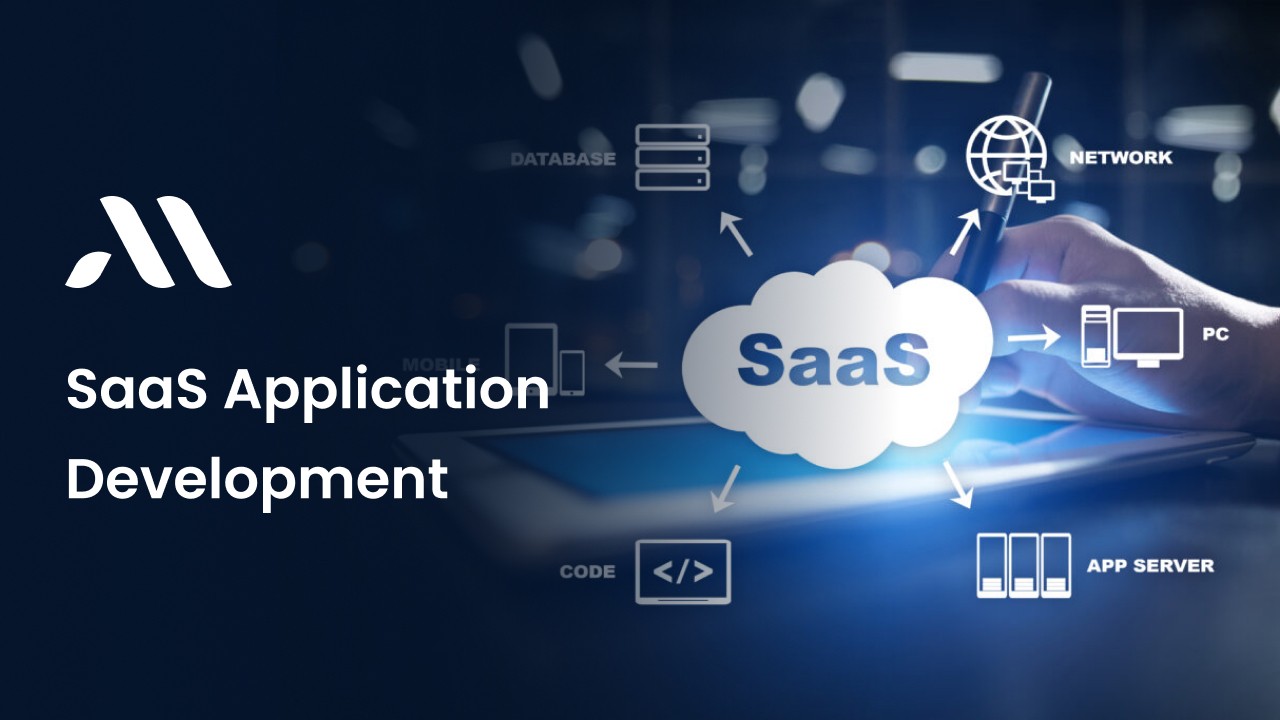In the ever-evolving business landscape of 2024, Software as a Service (SaaS) applications have become a cornerstone for enhancing efficiency, scalability, and adaptability. With the growing competition and shifting consumer demands, adopting SaaS solutions is vital for businesses that wish to stay ahead.
Understanding SaaS
Definition and Overview of SaaS Applications
Software as a Service (SaaS) refers to cloud-based applications that businesses access over the internet. Instead of requiring on-premise installations, Click here SaaS solutions are subscription-based, offering businesses flexibility and accessibility from any device with an internet connection. This means less reliance on local infrastructure and reduced IT management.
Key Benefits of SaaS for Businesses
SaaS provides several advantages for businesses looking to streamline operations. It offers automatic updates, reducing the burden on IT teams, and is highly scalable to meet evolving business needs. Most importantly, SaaS frees businesses from managing hardware and software infrastructure, letting them focus on growth.
Market Trends in SaaS Development
Current Trends Shaping the SaaS Market
The SaaS market continues to evolve, with artificial intelligence (AI) and machine learning (ML) becoming integral to the development of these applications. These technologies help businesses leverage data analytics, offering deeper insights and better decision-making capabilities, which is critical in today's fast-paced market.
Growth Statistics and Projections for SaaS
SaaS adoption is on the rise. By 2025, the SaaS market is expected to exceed $600 billion. Click here This impressive growth highlights the increasing reliance on cloud-based solutions, which offer businesses the ability to scale and innovate in ways traditional software cannot match.
Enhanced Scalability and Flexibility
Adapting to Changing Business Needs
One of the main reasons businesses are adopting SaaS is its scalability. Unlike traditional software, SaaS applications allow businesses to adjust their usage based on current needs. This means you can scale resources up or down without the constraints of physical infrastructure, making it easier to respond to shifts in demand.
Benefits of Scalability in SaaS Applications
The flexibility to scale resources ensures businesses maintain efficiency while controlling costs. For startups and rapidly growing companies, this ability to adjust to fluctuating workloads without overcommitting resources is invaluable, enabling companies to stay agile and responsive in competitive markets.
Cost-Effectiveness of SaaS Solutions
Comparison of SaaS vs. Traditional Software Costs
Traditional software often comes with high upfront costs, including licensing fees, hardware investments, and long-term maintenance. On the other hand, SaaS solutions operate on a subscription model, eliminating the need for large initial investments. Click here This offers businesses predictable costs, with no surprise expenses for hardware upgrades or software patches.
Long-Term Savings and ROI Considerations
While the subscription model may seem like an ongoing expense, SaaS solutions deliver significant savings in the long run. Lower upfront costs, reduced IT staff requirements, and automatic updates lead to decreased operational expenses, improving overall ROI. Over time, businesses realize greater financial efficiency, making SaaS a cost-effective choice.
Improved Collaboration and Accessibility
Features That Enhance Team Collaboration
SaaS applications often come with built-in collaboration tools, which enable teams to work together seamlessly. Real-time editing, shared access to documents, and integrated communication platforms like Slack or Microsoft Teams make it easier for employees to collaborate efficiently, regardless of location.
Importance of Accessibility in Remote Work Environments
In the remote work era, SaaS applications are crucial for maintaining productivity and communication. With cloud-based solutions, employees can access necessary tools and data from anywhere, ensuring business continuity. Click here This level of flexibility enhances collaboration and supports diverse work environments.
Security and Compliance Considerations
Understanding SaaS Security Measures
When adopting SaaS solutions, security is a top priority. Leading SaaS providers implement robust security measures such as data encryption, multi-factor authentication, and regular security audits. These practices help protect sensitive business data from cyber threats, offering businesses peace of mind.
Compliance with Industry Regulations
SaaS applications also play a vital role in helping businesses meet industry regulations like GDPR and HIPAA. Many providers build compliance features into their systems, making it easier to manage data protection requirements and reduce the risk of costly penalties for non-compliance.


